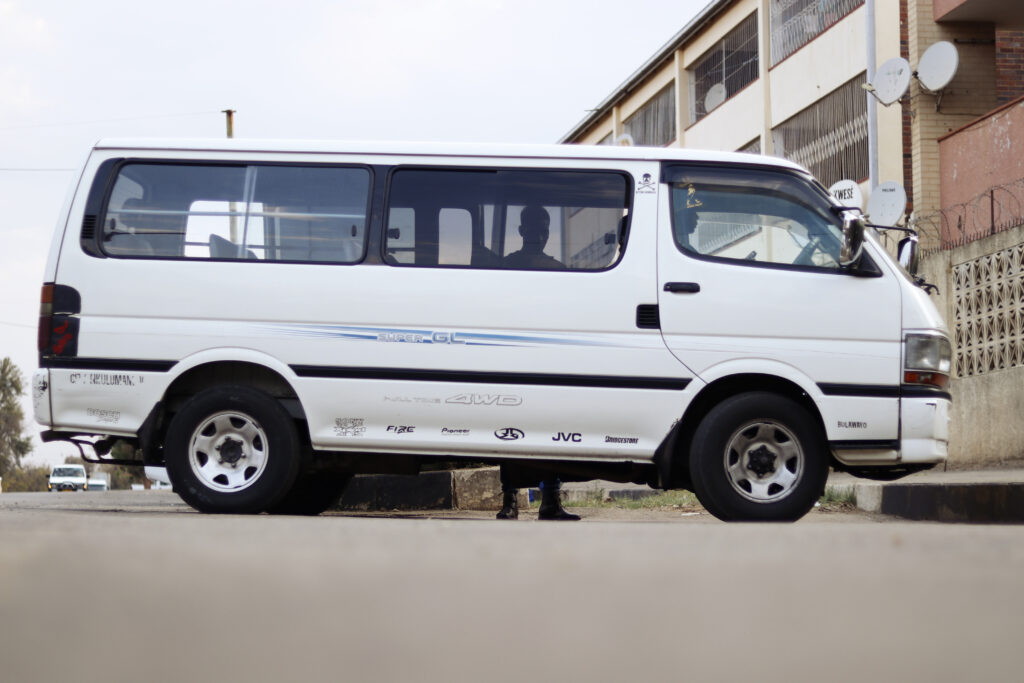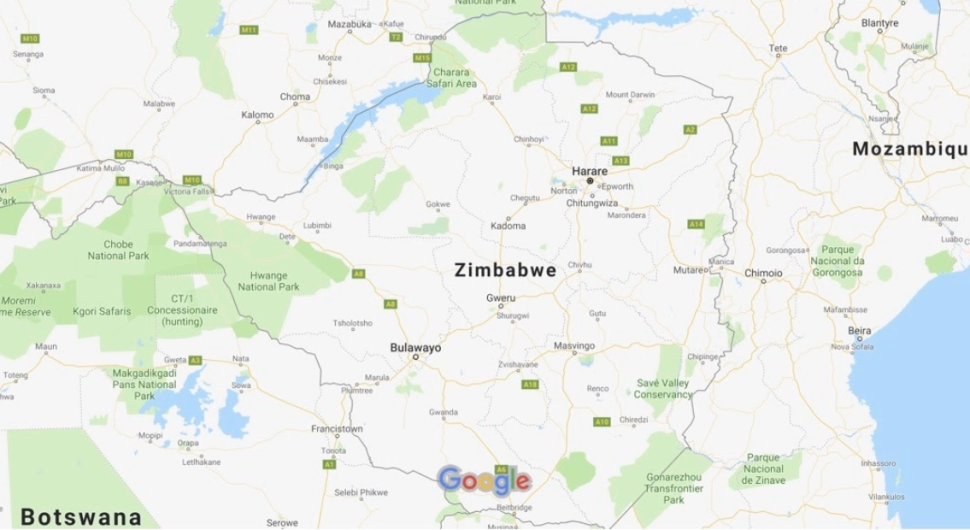Public Transport in Zimbabwe relies on roads, railroads, and air in large part because it is a landlocked country. Air is important for tourism, a critical income producing segment of the economy. Railroads are used for both freight and passenger traffic; however, most rail traffic is freight. That leaves road transport as the dominant means of transport. By volume, 80% of traffic and trade are transported by road. Zimbabwe has 88,100 km of classified roads, out of which 17,400 km are paved.[DICA] The map above shows that all primary cities and industrial areas are connected by this road network. ZINARA, a parastatal organization, is responsible for operating the nation’s road system. It is funded by tolls, vehicle registration fees, and license fees. Primary and secondary roads together carry about 70% of vehicular traffic. Primary connecting roads constitute about 5% of the road network are considered to be in fair to good shape.
In contrast, secondary roads constitute about 14% of the road network and have not been maintained well. More than 70% of Zimbabwe’s regional and primary roads were built in the 1960s and early ’70s which exceeded their 20-year design life resulting in the unavailability of good quality road transportation. In Harare, for example, news reports document a crisis caused by potholes.
Harare: The Transportation Hub
Let’s take a closer look at Harare. It is the capital and largest city in Zimbabwe; is a hub for road, rail and air transport; and is home for Zimbabwe’s administrative, commercial, mining, and manufacturing sectors. In terms of transit, essential rail-lines connect Harare to mining centers and the mining centers to critical points in South Africa and the port of Beira, Mozambique.
Administratively Harare is a metropolitan province, which incorporates Chitungwiza town and Epworth. Harare itself has a population of greater than 1.5 million, [World Bank]. It is a modern, well-planned city that houses government institutions and an international airport. Numerous suburbs surround the city. Counting suburban residents increases the population to 2.8 million people. More information on the history and culture of Harare may be found on zimfieldguide.com. Though services such as water system, roads, and traffic lights remain an issue, the city council seems to be gradually tackling maintenance issues.
Public and Informal Transport in Harare
Vehicular traffic comprises the bulk of transit in Harare. It is composed of individually owned cars, publicly owned transport buses and privately owned mini-buses, and taxis. ZUPCO (Zimbabwe United Passenger Company) is the only government owned public transport company. More people, however, utilize privately-owned commuter minibuses. These Minibuses don’t have published schedules or routes, but are widely used. Non-published routes and schedules are learned by local commuters. Though informal transportation plays a crucial role in short and medium distance transportation, it still creates a plethora of problems.

The competition in the informal transportation results in operators fighting for waiting for passengers at bus terminals drivers tends to be aggressive during peak hours because of perceived demand and costs, where safety is compromised. Lack of accountability, poor maintenance vehicles where lack of official regulation leads passengers no avenue for complaints about the services. The present urban transport system in Harare is dominated by privately operated minibuses is unsustainable as it is characterized by high levels of a traffic jam, travel delays, and unreliability as well as irregular bus fares.
The introduction of mass transit involving both public
and private investment partnerships will help to curb this problem and create
smarter urban transportation systems. Mass transit provides solutions to the
social, economic, energy and environmental challenges in the city of Harare.

